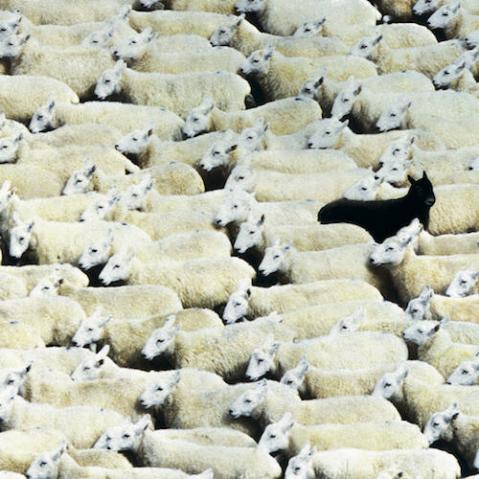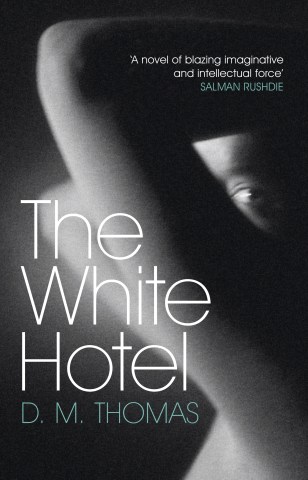Snow – the ultimate reflector
Certain types of light are highly dependent on their environments, for example bright, tropical sunshine. Another is what you might term ‘snow light,’ which is when snow covers the ground and as a result has a major effect on the light overall.

Snow completely changes the normal relationship between ground and sky, which tends to be dark below and bright above. In a cloudless sky, the snow-carpeted land will be much brighter than the sky, and even when cloudy, there’s more of a match. This means that not only is there much less of a sense of light coming down onto a scene from above, but that objects in the landscape receive a lot of bounced reflection from below.
Fallen snow is, in fact, unique in landscape lighting, and its nearest competitors, beaches and water, don’t really come close (with the single exception perhaps being White Sands in New Mexico). There are a number of things you can do with it, and one that you might like to try is to use it as a kind of white canvas background for things happening in the snow. The Japanese crane standing in the shallows of a snowbound stream may not be typical of snow photography, but it gives a hint of the range of effects. This occasion happened to include some freezing fog, which only added to the ethereal bluish white light.
Ordinarily, a covering of snow acts as a broad reflector, uplighting objects (above left). But near sunrise and sunset, from a low angle it picks up the pinkish glow, adding a special subtlety.
And when the sky is clear, one short-lived effect happens at the ends of the day, easily missed if you don’t know what to look for and aren’t in the right position for the several minutes that it happens. Similar to photos taken close to the water’s edge, the sharper the angle, the more perfect the reflection, and the same thing happens with snow— even more so if it turns to ice.

In this late afternoon shot of a crane, taken with a 600mm lens, the gentle rise of the slope meant that we’re almost at the level of the snow, which catches the delicate pink of a weakly setting sun over Hokkaido.
In his latest book, Capturing Light, Michael Freeman takes a simple but practical approach to interpreting, reacting to, and capturing photography’s most valuable commodity. Get behind the scenes with a world-class professional, and see how stunning shots are developed from conception to capture. Hone your skills and sharpen your understanding so you can react quickly and effectively with just the right technique for every different light. Master whatever lighting situation you find yourself in, so you’ll always get the best shot.
 Capturing Light
Capturing Light
Michael Freeman
Buy it now!



